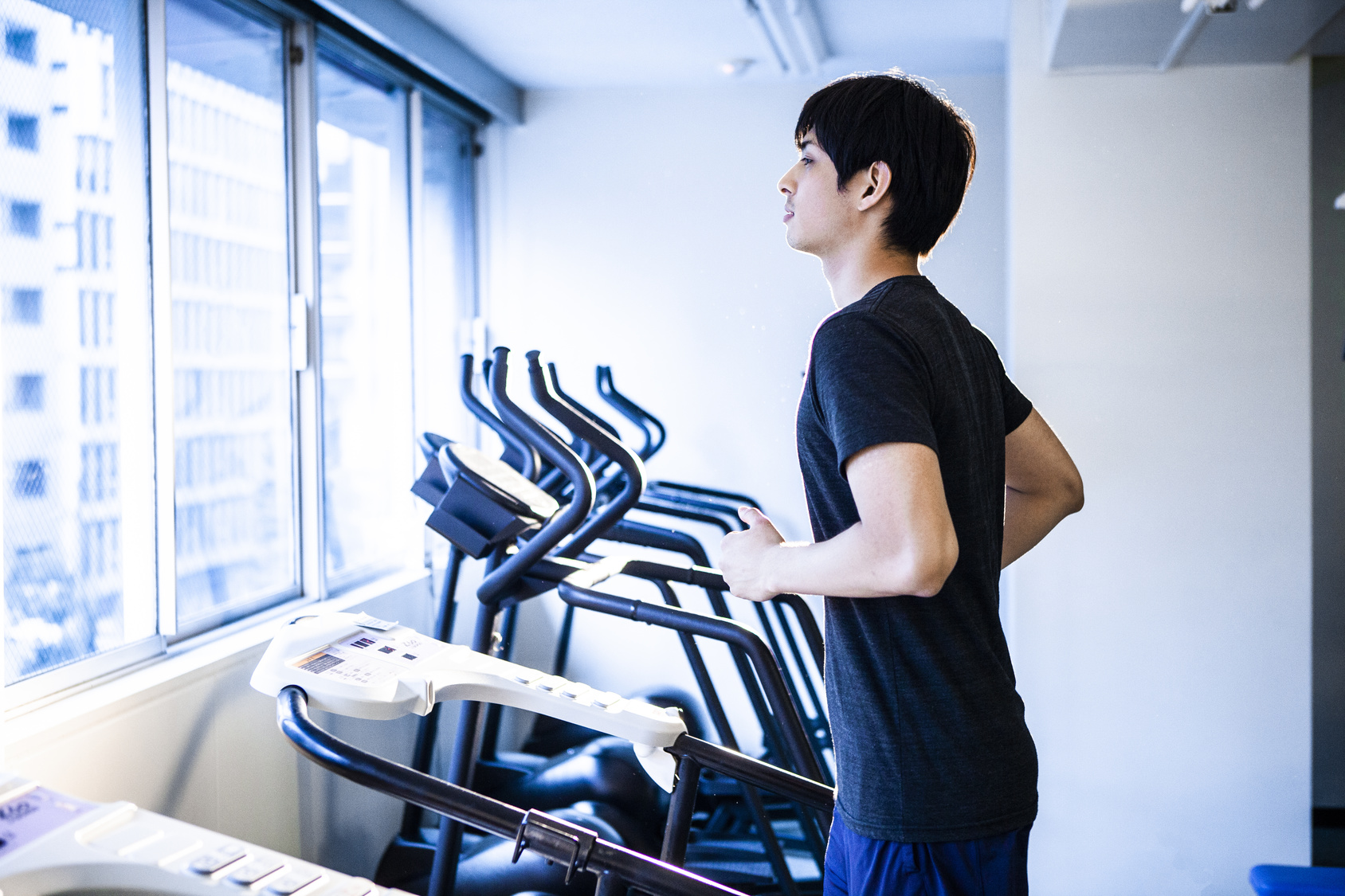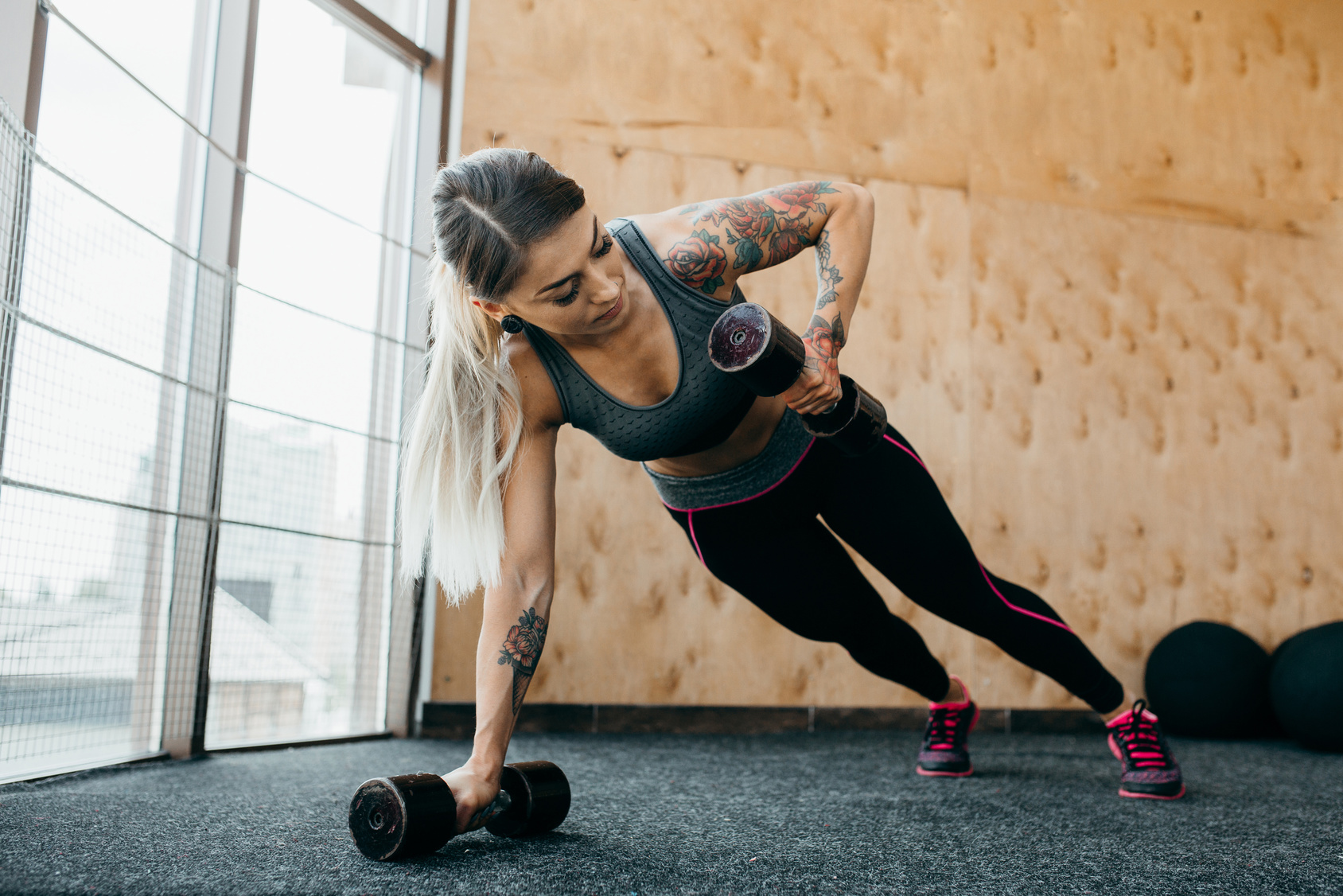Are you the kind of runner who enjoys kicking back with a drink after a grueling run? I mean, who doesn’t, right? There’s something about that post-run beer or glass of wine that feels like the ultimate reward.
But here’s the deal: while alcohol can be relaxing, it’s also a bit of a wildcard when it comes to your running game. Whether you’re a fitness fanatic or training for a big race, understanding how alcohol can impact your performance and overall well-being is essential.
So, where should you draw the line between that enjoyable post-run drink and potential drawbacks? Well, fret not because today we’re diving headfirst into the world of alcohol and its effects on your running performance and recovery.
Ready to uncork the truth about running and alcohol?
Let’s get started.
The Impact Of Alcohol
When you enjoy an alcoholic drink, your body becomes a battleground, with your liver leading the charge. It’s responsible for breaking down alcohol into something called acetic acid.
Fancy, right?
But here’s where the adventure begins. Once alcohol enters your stomach and heads for your bloodstream, it embarks on a world tour inside you. It visits nearly every organ, with your brain being the VIP destination.
Now, in your brain, alcohol starts messing with the connections between your nerve cells and your brain’s pleasure pathways. The result? You might feel more relaxed, your inhibitions lower, and your judgment a bit compromised.
It’s like the “chill-out” switch has been activated.
But we all know there’s more to the story. We’ve had those moments when we’ve had a bit too much, right? Alcohol’s effects can vary from person to person. Your Blood Alcohol Content (BAC) is like your alcohol fingerprint, influenced by factors like gender, size, and age.
But it doesn’t stop there. Your emotional state, personality, history with alcohol, what’s in your stomach, your mood, surroundings, stress level, and more can all impact how alcohol affects you.
It’s like a wild ride with unpredictable twists and turns.
The Good Side of Alcohol
As you’re probably gathering, alcohol isn’t all doom and gloom, especially when it’s enjoyed in moderation. If you’re a responsible drinker and take good care of yourself, you might just be able to toast to your health.
But what exactly does “moderation” mean in this context? Well, according to the Mayo Clinic, moderate drinking falls within the realm of up to two drinks for men and one drink for women. That’s the gold standard for keeping your alcohol consumption in check.
In the United States, a standard drink contains roughly 14 grams of pure alcohol, which you can find in various forms:
- 12 ounces of beer (that’s 355 milliliters)
- Five ounces of wine (about 148 milliliters)
- 5 ounces of distilled spirits (around 44 milliliters)
Now, here’s the kicker: multiple studies have shown that maintaining a moderate alcohol intake can have potential health benefits. For example, the American Heart Association (AHA) reported that enjoying a 5-ounce glass of wine each day might just give your good (HDL) cholesterol levels a boost. So, there you have it—reasons to raise your glass responsibly!
- Dehydration
One of the most significant negative impacts of alcohol on exercise performance is its dehydrating effect. In essence, alcohol acts as a diuretic. This means that when you consume alcohol, it prompts your body to release more water through urination, ultimately leading to dehydration.
In fact, after alcohol intake, it’s not uncommon to lose up to 3 percent of your body weight in fluids within just three to four hours, which can be especially problematic in hot weather conditions.
Your kidneys play a crucial role in regulating the body’s water levels. When the water content in your body exceeds a certain threshold, your kidneys kick into action to eliminate the excess fluid. This process is initiated by the brain, which releases a hormone called Vasopressin, signaling the kidneys to stop shedding more water.
As a result of dehydration, your muscles receive reduced oxygen and nutrients, causing them to tire out much more quickly. Moreover, dehydration can increase your susceptibility to muscle cramps, strains, fatigue, and a range of other exercise-related issues.
- Alcohol and Brain Function
Excessive alcohol consumption can have detrimental effects on your brain and nervous system function, making it a particularly concerning issue. Alcohol impairs various aspects of brain function, including balance, motor skills, hand-eye coordination, reaction time, and decision-making abilities. These impairments can significantly compromise your overall athletic performance and increase the risk of injury during physical activities.
Moreover, excessive drinking also elevates your risk of experiencing accidental injuries. Even a minor stumble or fall can lead to significant injuries that may necessitate days or even weeks of recovery, disrupting your training routine and progress.
- Alcohol and Running Recovery
One of the primary reasons to be cautious about alcohol consumption, especially in excessive amounts, is its significant impact on your recovery process as a runner.
To begin with, drinking alcohol in the evening, particularly in excess, can have a negative impact on your sleep quality. Adequate and restful sleep is essential for expediting the recovery process, which is crucial for achieving optimal athletic performance. However, alcohol disrupts the sleep cycle, leading to fragmented and less restorative sleep.
Alcohol can particularly affect your rapid eye movement (REM) sleep, a critical phase during which most of the body’s recovery processes occur. During REM sleep, your immune system is revitalized, contributing to muscle repair and overall recovery. Therefore, any disruption in this phase due to alcohol consumption can hinder your body’s natural recovery mechanisms.
Additionally, chronic alcohol use may interfere with the secretion of the human growth hormone (HGH), a vital chemical that plays a significant role in muscle repair and growth. Studies have indicated that excessive alcohol intake can reduce HGH secretion by up to 70 percent, which is detrimental to muscle recovery.
Furthermore, the liver, a crucial detoxifying organ in your body, is negatively affected by excessive alcohol consumption. While it is responsible for aiding in recovery from exercise and regulating blood flow, alcohol-induced increases in blood flow divert the liver’s attention away from supporting your body’s recovery processes.
Let’s dive a little bit deeper.
- Protein Synthesis and Muscle Growth
Indulging in excessive alcohol consumption following a challenging run can have detrimental effects on muscle growth. It’s not just about the impact on sleep and growth hormones; alcohol can also impede protein synthesis, a crucial biological process responsible for building complete proteins from amino acids. This disruption in protein synthesis ultimately leads to a reduction in muscle growth.
Furthermore, even occasional drinking can potentially harm muscle development in some individuals, as supported by research from the American Journal of Physiology. This study revealed that long-term alcohol use was associated with a decrease in muscle weight and lean body mass. The root cause of this decline lies in the adverse effects of alcohol on the proteins responsible for promoting muscle growth.
- Alcohol and Nutrition
Alcohol itself is devoid of essential nutrients and minerals, offering little to no nutritional value. In fact, it can be considered an “anti-nutrient” due to its adverse effects on your diet and the way your body processes and absorbs nutrients.
Here’s a breakdown of how alcohol impacts your nutritional metabolism:
- Limiting Nutrient Absorption: Alcohol can damage the cells lining your stomach and digestive tract, hindering the absorption of vital nutrients.
- Reducing Digestive Enzyme Production: It diminishes the production of digestive enzymes from the pancreas, which are necessary for breaking down food and absorbing nutrients.
- Impairing Nutrient Transfer: Alcohol interferes with the efficient transfer of some nutrients into the bloodstream, reducing their bioavailability.
- Harming the Microbiome: It disrupts the balance of beneficial bacteria in your gut, which play a crucial role in digestion and nutrient absorption.
- Limiting B Vitamin Conversion: Alcohol interferes with the conversion of B vitamins, essential for generating energy from carbohydrates, proteins, and fats.
- Impairing Liver Function: Prolonged alcohol consumption can impair liver function, further interfering with the body’s normal metabolism and storage of nutrients.
- Alcohol & Food Cravings
Maintaining stable blood sugar levels is crucial for a healthy lifestyle. However, excessive alcohol consumption can disrupt these levels, leading to cravings for unhealthy, high-sugar foods.
Moreover, alcohol may trigger the release of galanin, a brain chemical associated with cravings for fatty foods. Scientific research supports this phenomenon. Studies published in the American Journal of Clinical Nutrition have shown that when participants consume a high-fat meal and combine it with alcoholic beverages, they tend to overeat.
This double-whammy effect of excessive alcohol intake not only results in inadequate nutrient consumption but also interferes with the efficient utilization of the nutrients you do consume. In essence, it can lead to poor dietary choices and overall health consequences.
- Alcohol and Weight Gain
It may seem repetitive, but it’s crucial to emphasize that alcoholic drinks are calorie-rich but offer minimal nutritional value. In fact, alcohol provides seven calories per gram, and these excess calories tend to be stored as fat in your body, often accumulating around the abdominal area, colloquially known as the “beer belly.”
The most effective way to prevent alcohol-related weight gain is to reduce your alcohol consumption rather than attempting to compensate by increasing your exercise to burn off the extra calories.
Remember, you cannot simply outrun a poor diet, no matter how far or fast you run. Maintaining a balanced diet and being mindful of your alcohol intake is key to managing your weight and overall health.
- Alcohol and Injury
Alcohol acts as a blood vessel dilator, meaning it causes your blood vessels to expand and directs more blood flow to the injured area
Normally, when you’re sore or injured, you’re advised to apply ice to the affected area to reduce swelling and pain by constricting the blood vessels. However, alcohol does the opposite – it increases blood flow to the injured area, prolonging the healing process.
What’s more, alcohol also raises the risk of bleeding and swelling around soft tissue injuries, further extending the recovery period. This includes injuries to muscles, bruises, sprains, inflammation, and cuts. This negative impact on healing is believed to be due to alcohol’s effect on endocrine stress responses, which impair blood clotting and interfere with proper healing.
Research from the National Institute of Public Health supports these findings, demonstrating that excessive drinking can have detrimental effects on the post-surgical healing process. Additionally, alcohol may mask pain, leading you to delay seeking treatment since it dulls pain symptoms.
Here’s how to run for abs.
The Conclusion
In conclusion, alcohol is a commonly consumed substance worldwide, including among runners. However, as a runner, it’s crucial to be mindful of how alcohol can affect your recovery and performance. While moderate alcohol intake poses fewer risks, heavier drinking can have more substantial negative effects. So, aim to keep your alcohol consumption in check and remember to prioritize your running goals.
Feel free to share your thoughts and questions in the comments section below. Thank you for visiting, and keep running strong.
David D.












